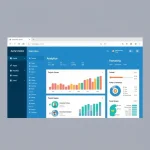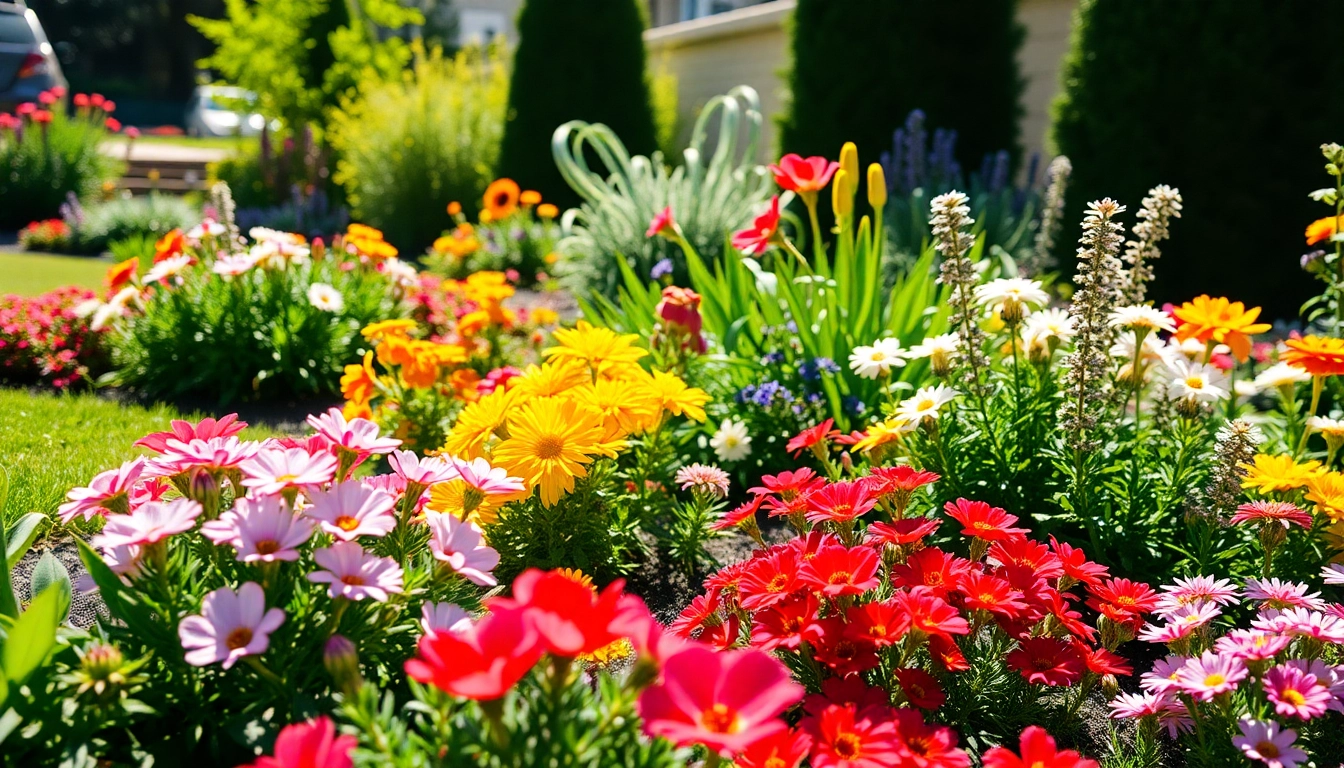Understanding Landscaping Company Pricing
When considering a landscaping project, one of the crucial aspects to understand is the pricing structure of landscaping companies. Landscaping company pricing can vary significantly based on a multitude of factors, and having a solid grasp of these can help homeowners and property managers make informed decisions. By assessing these elements, clients can better prepare their budgets and expectations for their landscaping projects.
Factors Influencing Pricing
The cost of landscaping services is influenced by numerous factors, which can include:
- Project Size: Larger areas require more materials and labor, driving up costs.
- Complexity of Design: Intricate designs with diverse plant species or hardscape elements will add to the expense.
- Material Quality: High-quality materials such as premium stones, soil, and plants generally come at a higher price.
- Location: The geographic region can impact labor rates and material costs. Urban areas often see higher costs due to demand and higher living expenses.
- Seasonality: Costs can fluctuate based on the time of year; for instance, prices may increase during peak landscaping seasons.
Common Pricing Structures
Landscaping companies typically use several common pricing structures. Understanding these can help you gauge what’s fair and reasonable:
- Hourly Rate: Many landscapers charge hourly for maintenance tasks. Rates can vary widely depending on the company and location.
- Flat Rate: For projects with a defined scope, landscapers might offer a flat fee. This structure is often seen in garden installations or significant landscape renovations.
- Per Square Foot: Pricing per square foot is common for comprehensive landscaping projects, allowing clients to scale their budgets based on the area to be landscaped.
Regional Price Variations
Landscaping prices are not uniform across the country. Different regions can exhibit significant disparities in costs due to factors such as the local economy, labor availability, and regional foliage:
- Urban Areas: Typically, urban centers dominate the market with higher prices due to increased demand and overhead costs.
- Rural Areas: Often enjoy lower labor costs, but may lack access to premium materials, impacting the overall quality and scope of projects.
- Climate Considerations: Regions with harsher climates may require more durable plants and hardscaping solutions, leading to variations in overall pricing.
Services Offered by Landscaping Companies
Understanding the different services offered by landscaping companies can help clients evaluate their needs and budget effectively. Below is an overview of commonly provided services and their associated costs.
Design and Installation Costs
The first step in most landscaping projects is the design phase, followed by installation. Each stage incurs its own costs:
- Landscape Design: Engaging a professional designer can range from $50 to $150 per hour, with total costs often exceeding $1,500 for comprehensive design work.
- Installation: The cost of installing landscaping features such as patios, gardens, or water features can range from $1,500 to over $10,000 depending on complexity and materials selected.
Maintenance Service Pricing
Ongoing maintenance is vital to keeping landscaped areas looking their best. Pricing for maintenance services can include:
- Lawn Care: Regular mowing and trimming can cost between $30 and $80 per visit, depending on the size of the property.
- Seasonal Cleanups: Spring and fall cleanups may be charged at a flat rate ranging from $200 to $500.
- Shrub and Tree Maintenance: This can include pruning, mulching, and fertilizing, with costs averaging $75 to $200 per session.
Specialty Services and Their Costs
Many landscaping companies also offer specialized services that can enhance the site’s aesthetics and functionality. These services often come at additional costs:
- Water Features: Installing a small pond or fountain can range from $1,500 to $5,000, influenced by style and complexity.
- Outdoor Lighting: Installing landscape lighting typically costs between $2,000 and $5,000, depending on the number of fixtures and their types.
- Irrigation Systems: The cost to install a sprinkler system or drip irrigation can range from $2,000 to $5,000, but will significantly aid in the longevity of your landscaping investment.
Budgeting for Your Landscaping Project
Creating a solid budget is a vital step before embarking on any landscaping project. It not only helps in managing costs but also ensures you remain aligned with your goals and expectations.
Estimating Costs Accurately
The first step in effective budgeting is to estimate costs accurately. Here are some tips to ensure your estimates are as accurate as possible:
- Do thorough research on materials and labor in your region.
- Consult multiple landscaping companies for quotes.
- Potentially factor in what you can do yourself versus what you’ll need to contract out.
Understanding Hidden Fees
One of the challenges in budgeting for landscaping projects are hidden fees, which can inflate overall costs unexpectedly. Common hidden costs include:
- Permit Fees: Depending on your area, certain landscaping work may require permits that come with additional costs.
- Utility Locating Services: Before digging, utilities should be marked, usually at a slight cost.
- Delivery Fees: Costs may accumulate from transporting materials to the site.
Setting a Realistic Budget
Once you’ve understood costs and potential fees, it’s time to set a realistic budget. Here’s how:
- Decide on a maximum amount you are willing to spend.
- Prioritize elements of the project you consider essential versus optional.
- Include a contingency of 10-20% for unforeseen expenses.
How to Compare Landscaping Prices
Comparing landscaping prices can seem daunting, but understanding how to effectively evaluate quotes can save you time and money.
Evaluating Quotes Effectively
When comparing quotes from different landscaping companies, consider the following:
- Ensure each quote includes the same details to facilitate a straightforward comparison.
- Look at the length of time each company anticipates the project will take.
- Ask for references or case studies to gauge the company’s reliability and quality of work.
Assessing Value vs. Cost
Sometimes the lowest bid is not necessarily the best option. It’s crucial to assess value relative to cost:
- Quality of materials: Cheaper materials may lead to higher maintenance costs later.
- Company reputation: A reputable company might charge more but can save you from potential headaches down the line.
- Following up on past work: A previous customer’s experience can offer insights into quality.
Negotiation Tips with Contractors
Negotiation can often reduce costs and lead to better terms. Here are some tips for effective negotiation:
- Be prepared to discuss your budget openly; many landscapers can adjust based on what you’re willing to spend.
- Consider bundling services together for a discount.
- Stay open to suggestions that can lower costs without compromising quality.
Maximizing Your Investment in Landscaping
A well-maintained landscape can significantly enhance property value and provide long-term benefits. Therefore, ensuring you maximize your investment is critical for property owners.
Long-term Cost Benefits of Quality Landscaping
Investing in high-quality landscaping may incur higher initial costs but can lead to substantial long-term savings:
- Quality landscaping can reduce energy bills by providing natural shade and insulation.
- A well-maintained landscape can decrease the need for frequent repairs and replacements, saving you money over time.
- Enhanced curb appeal can increase property value, yielding returns on investment when selling.
Choosing Sustainable Landscaping Options
The trend toward sustainability is more than just a fad. Opting for eco-friendly landscaping can lower costs and conserve resources:
- Native plants often require less watering and maintenance, saving on utility bills and labor costs.
- Implementing rain gardens can mitigate water runoff, which contributes to lower water costs.
- Composting garden waste reduces the need for chemical fertilizers and aligns with sustainable practices.
Monitoring and Adjusting Budget Over Time
Your landscaping budget should not be set in stone. Regularly monitoring and adjusting it can ensure you stay on track:
- Keep a record of expenses and service performance to see where you can cut costs.
- Set annual reviews for your landscape to determine if changes are needed or if some things can be done DIY.
- Stay aware of market trends to harness potential savings on materials and innovative landscaping methods.
In conclusion, understanding the nuances of landscaping company pricing is invaluable for anyone considering a landscaping project. By taking into account the various pricing influences, service costs, budget considerations, and strategies for comparing prices, you can ensure your landscape project not only looks beautiful but is also a wise financial investment.








